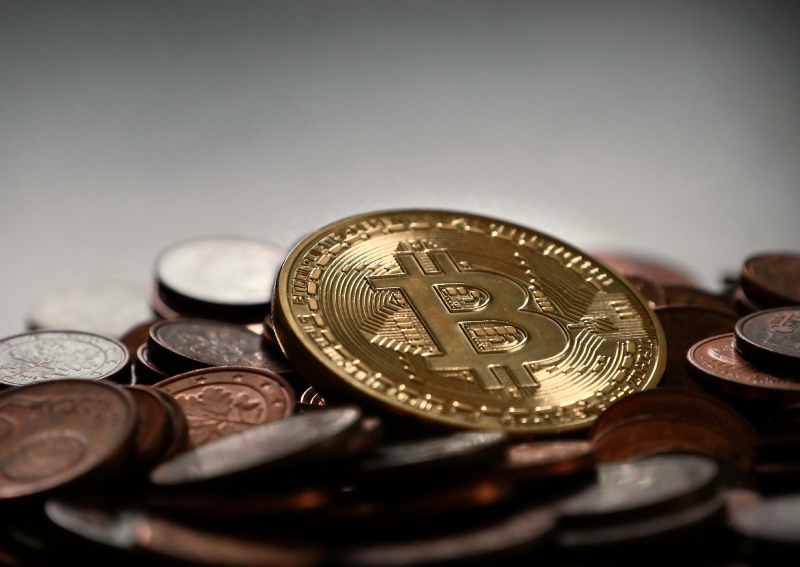Digital money ‘unlikely’ to become major currency soon

Though growing in popularity, digital currencies will by no means replace the world’s reserve currencies overnight, an expert from the International Monetary Fund told China Daily in an exclusive interview.
Monetary authorities around the world are increasingly interested in digital currencies and the winner of this innovation race will likely have a big say in restructuring the global monetary system. However, more experts are starting to wonder if digital money like central bank-backed digital currencies or privately issued Libra by Facebook might replace the dollar or euro to become the world’s reserve currency.
A simple answer given by Liu Yan, assistant general counsel of the IMF Legal Department, was “unlikely” – at least for now. Liu said there is a low probability that a digital currency, like Libra, would satisfy reserve currency requirements anytime soon.
To be a global reserve currency, it should be issued by credible and responsible institutions with a history of price stability and a willingness to serve as a lender of last resort, supported by deep and liquid markets, and widely used as a unit of account in trade, she said.
Officials from the Chinese central bank, the People’s Bank of China, have proposed the initial design of its own digital currency, indicating it will only replace cash currently in circulation, but not be a substitution for bank deposits, credit or a store of value.
Li Wei, director of the PBOC’s science and technology department, told China Daily recently that there is still no timetable to launch its own digital fiat money, which is also known as “digital currency and electronic payment”. However, another PBOC official said earlier that the issuance of the first digital currency “will be soon”.
“There is no one-size-fits-all solution for central bank digital currency or CBDC. Benefits and risks will have to be fully weighed by each country independently. End-user demand will vary with the relative attractiveness of other forms of money,” Liu said.
The IMF is doing analytical work that digs deeper into a number of areas, including the role of central banks to introduce and design digital currencies. Other areas include the implications of the rise of digital currencies for cross-border payments, capital flows, the global financial system and commercial and tax law, according to Liu.
After analysing the cases in both emerging economies and developed countries, the appeal of digital currencies in cross-border payments may be remittances, or small cross-border fund transfers, during the initial stage, said Sun Tianqi, chief accountant at the State Administration of Foreign Exchange, the country’s forex regulator.
“We have detected an increased interest in CBDCs following heightened public discussions on stablecoins. I think the ultimate goal is to promote and facilitate improvements in payment technology whether through CBDCs or enhancing current payment systems,” the IMF’s Liu said.
“Stablecoin,” she said, is a new category of digital currency with many features similar to bitcoin. But it seeks to stabilize the price of the “coin” by linking its value to that of an asset pool.
“It is possible that stablecoins might be more capable of serving as a means of payment and a store of value, and they could potentially contribute to the development of global payment arrangements that are faster, cheaper and more inclusive than present arrangements,” Liu said.
Talking about the world’s largest social network’s digital currency plan – the Libra – she said that precise details around it are “still fuzzy”, but at a high level it appears that Libra has created a legally complex organizational and technical model under which Facebook and its associates receive customer funds, manage money and process transactions.
Countries must improve their monetary and fiscal policies, as well as legal and regulatory frameworks, to avoid the situation that widespread global adoption of digital currency might lead to substitution away from sovereign currencies, especially in countries with high inflation, volatile exchange rates and weak institutions, Liu said.
“In these countries, people might give up local currencies to store value in stablecoins in foreign currency. This would be a new form of “dollarization” – a “Libraization”, in the instance of Libra – and might undermine monetary policy, financial development and stability,” Liu added.
A working group of the G-7 issued a paper on stablecoins last month. It said that “the advent of private-sector innovations to payment arrangements does not mean that public authorities will cease their efforts to improve the current system”.
Finance ministries, central banks, standard-setting bodies and relevant international organisations should continue their efforts to promote faster, more reliable and less costly payment systems for both domestic and cross-border purposes.
“Central banks, individually and collectively, will assess the relevance of issuing CBDCs in view of the costs and benefits in their respective jurisdictions,” the paper said.












Leave a Reply